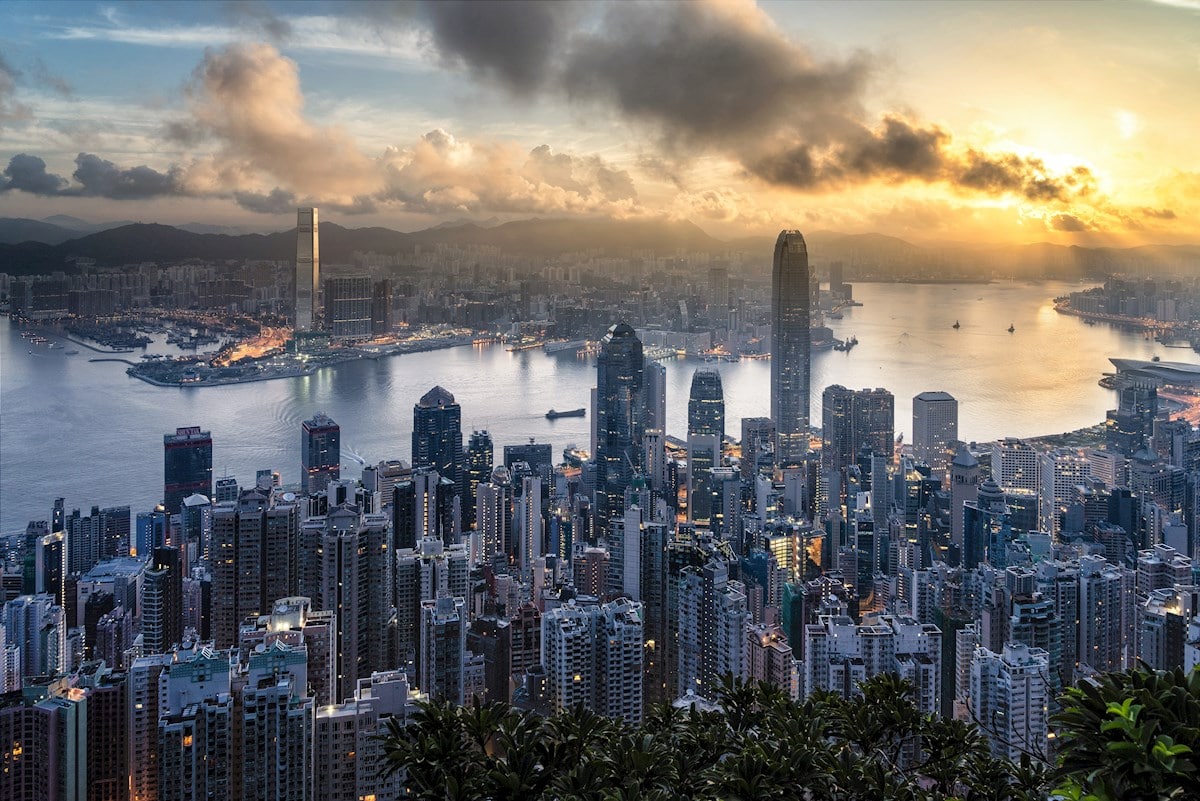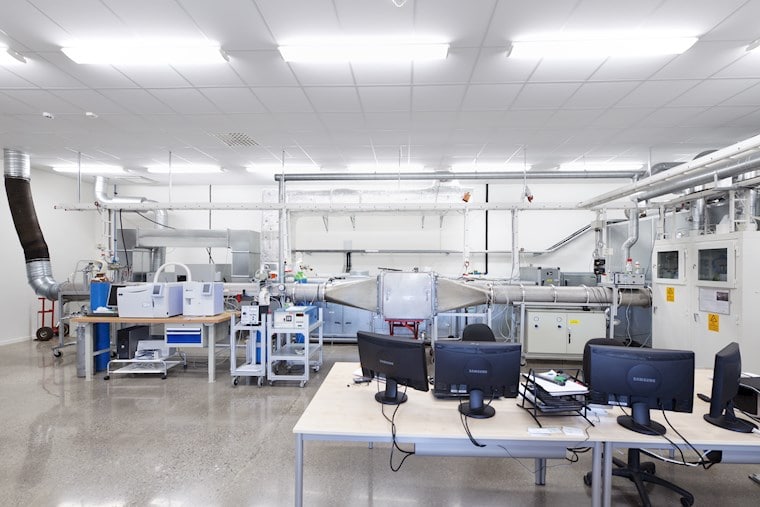
According to the United Nations Environment Programme, 92 percent of people in the Asia-Pacific region are exposed to high level of air pollution that pose significant risk to health.
Highways Department in Hong Kong came up with an incredible solution to alleviate the traffic congestion and tackle the serious problem of air pollution. The Central-Wan Chai Bypass is a 4.5 km link road, comprising of a flyover and 3.7 km tunnel section that has air purification systems capable of removing at least 80 percent of key pollutants from roadside emissions. In Hong Kong, it is the first air purification system in a tunnel and the largest in the world in terms of air volume handled that removes harmful particulates, nitrogen dioxide and other key roadside pollutants.
What role Camfil played in the project?
The tunnel can handle 5,4 million cubic metres of vehicle exhaust per hour and large tunnel exhaust passes air to 3 ventilation buildings along the tunnel section of the project. First step to air purification is separating respirable suspended particulates through Electrostatic Precipitators. Next, the air passes through the denitrification filter which is using activated carbon to remove nitrogen dioxide. Lastly, purified air is discharged into the adjacent atmosphere to prevent street level pollution.

.jpg?rev=fa903968c8d4443d876f49f32ac8fbe2&iar=0&mw=1200&h=1282&w=1200&hash=049FACED507A30679BF62295B83A3823)
Road Ahead
Camfil’s molecular air filters hold a great potential as apart from purifying the air from hazardous gases and odours, molecular filters can be made from different sustainable raw materials, in different qualities, shapes and sizes. Our innovative design and strong research and development allows us to conserve more, use less and find better ways so that purifying air becomes easier and better.
“Every hour it can handle 5.4 million cubic metres of vehicle exhaust and reduce 80% of the respirable suspended particulates and nitrogen dioxide from the tunnel exhaust,” says Highways Department Project Manager/Major Works Kelvin Lo said.
Source: news.gov.hk